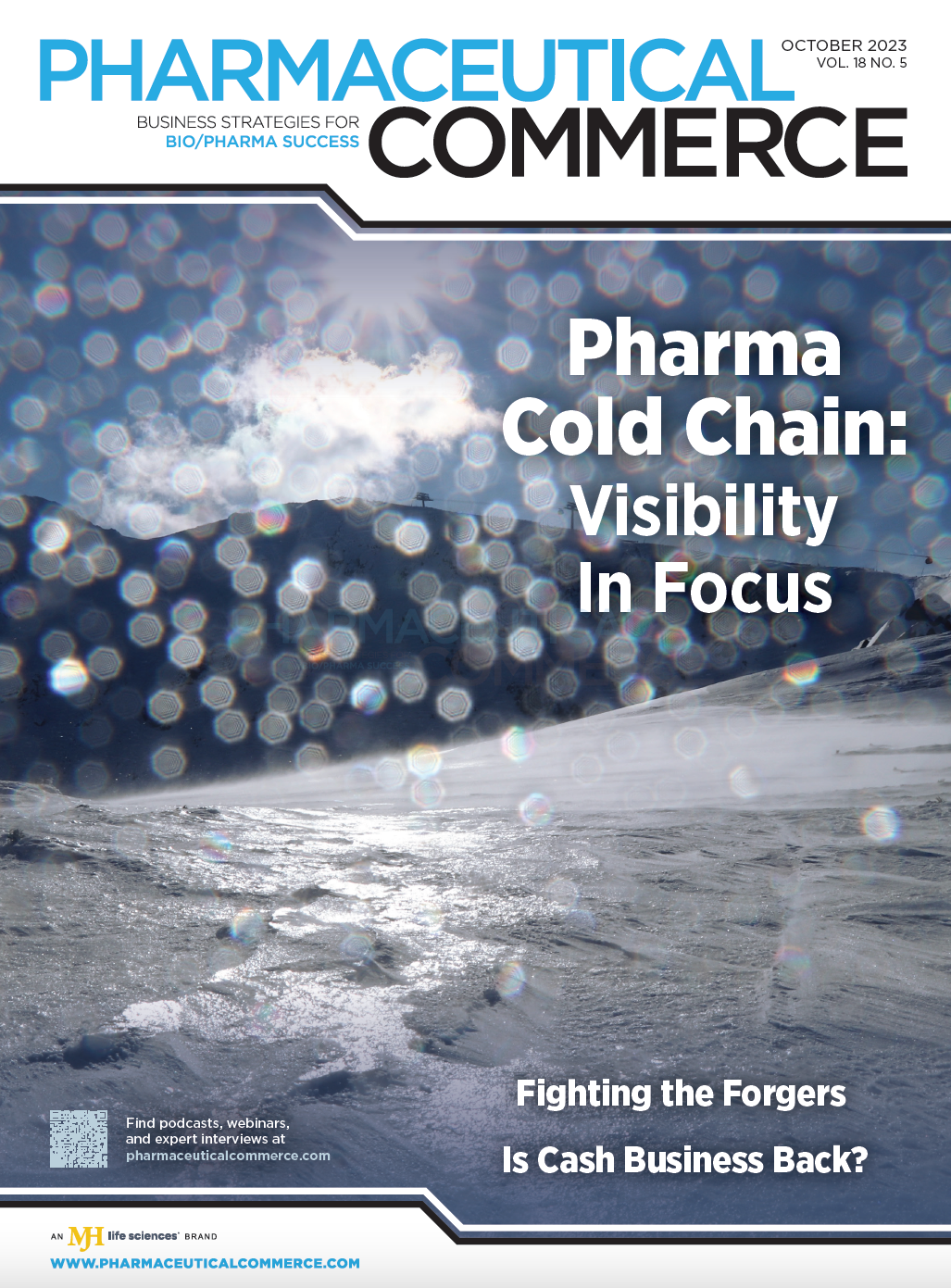Fortifying Vaccine Supply Chains
How they embrace collaboration will be key to the battle against RSV.

The recent approvals of respiratory syncytial virus (RSV) vaccines by GSK and Pfizer highlight a significant milestone for the medical community as it looks to protect countless lives who suffer from this ailment. Yet, as the US reflects on the journey of the COVID-19 vaccine distribution, the path to delivering these life-saving solutions will be defined by how well supply chain challenges can be managed and combatted. Successful vaccine distribution relies heavily on a seamless supply chain. Past rollouts of new therapies have exposed the fragility of this network with temperature excursions, logistical bottlenecks, and unforeseen disruptions creating obstacles in delivering vaccines to the masses. Thus, a robust supply chain strategy is just as important as the effectiveness of the vaccine; it is imperative to learn from the successes and failures of the pandemic to ensure these vaccines arrive safely to those who need them most.
Strengthening cold chain resilience
When it comes to achieving successful vaccine distribution, the first step in doing so would be to bolster the cold chain’s resilience. The complexities of this issue were amplified during the COVID pandemic, as some vaccines required ultra-low temperature storage, introducing extreme transport conditions that further stressed the cold chain infrastructure. These vulnerabilities were brought to light during the early stages of COVID vaccine distribution when vaccines faced potency challenges due to temperature fluctuations. In fact, 20% of temperature-sensitive pharmaceuticals facing disposal due to cold chain logistics shortcomings.1
In the evolving landscape of RSV vaccines, manufacturers should consider prioritizing cold-storage infrastructure, quality controls, and temperature monitoring solutions. Data loggers can serve as an asset in this regard. Used for its temperature capabilities, this monitoring tool offers real-time insights to manufacturers during the storage and transportation process, resulting in control over vaccine conditions. Additionally, the full implementation of the Drug Supply Chain Security Act (DSCSA)—whose implementation will not enforced by FDA until November 2024—will require supply chain companies to adopt some of these temperature monitoring practices in order to adhere to these new regulatory standards.
Navigating temperature excursions
Temperature excursions during transportation represent a critical concern that manufacturers must address as multiple versions of RSV vaccines emerge. As such, maintaining optimal temperatures for vaccines from production to administration can mitigate losses in vaccine distribution. Real-time monitoring is key for vaccine rollouts. Incorporating advanced monitoring technologies that can alert both delivery drivers and healthcare professionals to temperature deviations during transit should be implemented during vaccine deliveries to avoid efficacy degradation.
Embracing collaborative oversight
The economic toll of failed temperature-controlled logistics in the biopharma industry is a reportedly staggering $35 billion, underscoring the collective responsibility that manufacturers and stakeholders bear. Public and private partners need to work together and should even consider embracing alternative solutions and adopting successful practices.
Collaboration is paramount, especially as different versions of RSV vaccines vie for market presence. By fostering transparent communication, sharing best practices, and adhering to stringent guidelines, the entire industry can unite to ensure the successful and efficient distribution of these critical vaccines.
As technology continues to rapidly advance, medical breakthroughs are bringing more and more vaccines to market. It is essential that supply chain efficacy keeps pace with growing medical developments in preventative care. The challenges faced in the past during the critical stage of distribution should not be used as an excuse, but rather an opportunity to help ensure every vaccine dose reaches its destination with optimum potency.
Reference
1. 38% of Logistics Operators Still Finding Time on the Tarmac a Key Challenge. Pharma Logistics. November 8, 2018. https://www.pharmalogisticsiq.com/logistics/articles/38-of-logistics-operators-still-finding-time-on-the-tarmac-a-key-challenge
About the Author
Angela Kerr is Vice President of Customer and Channel Support at SpotSee.
